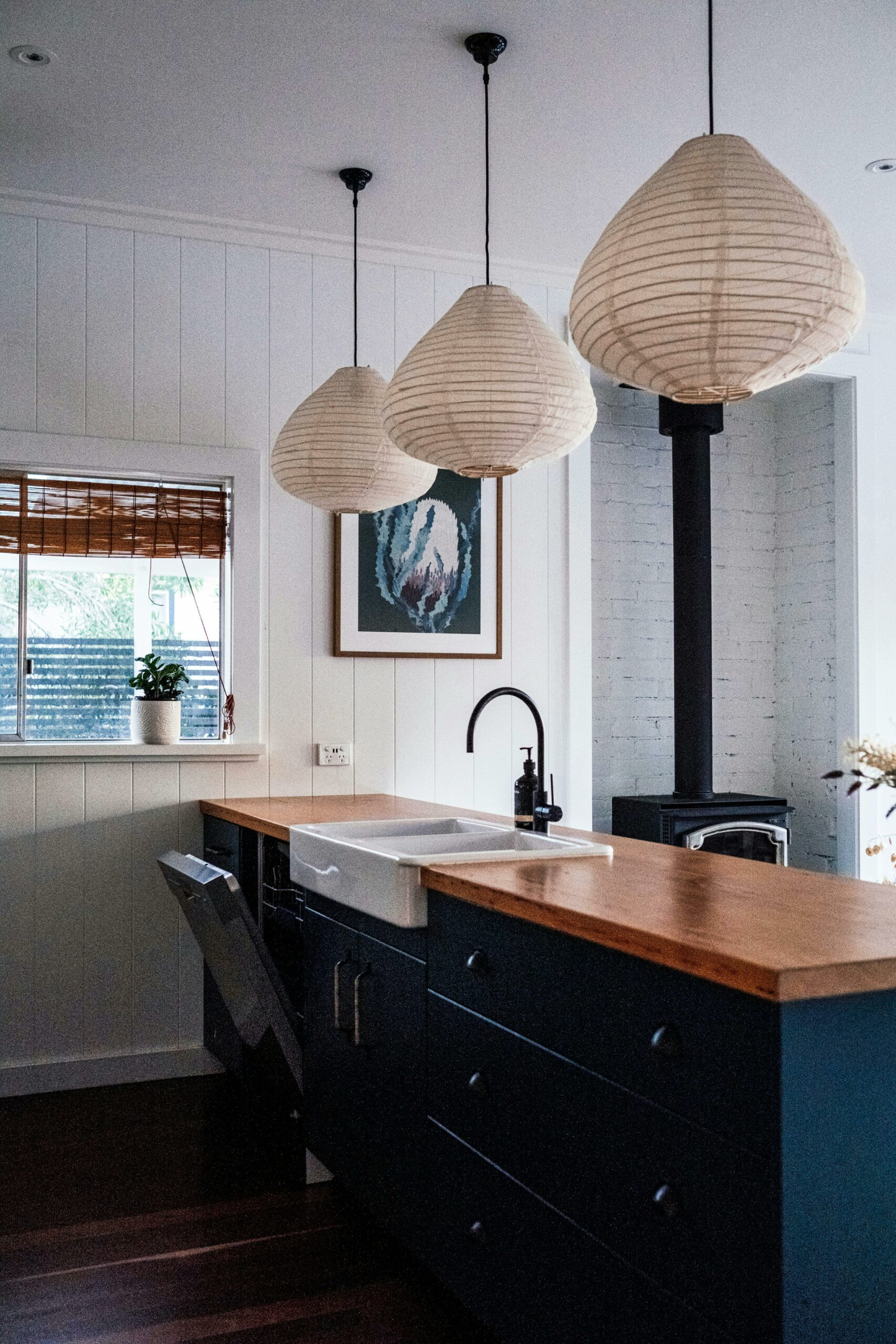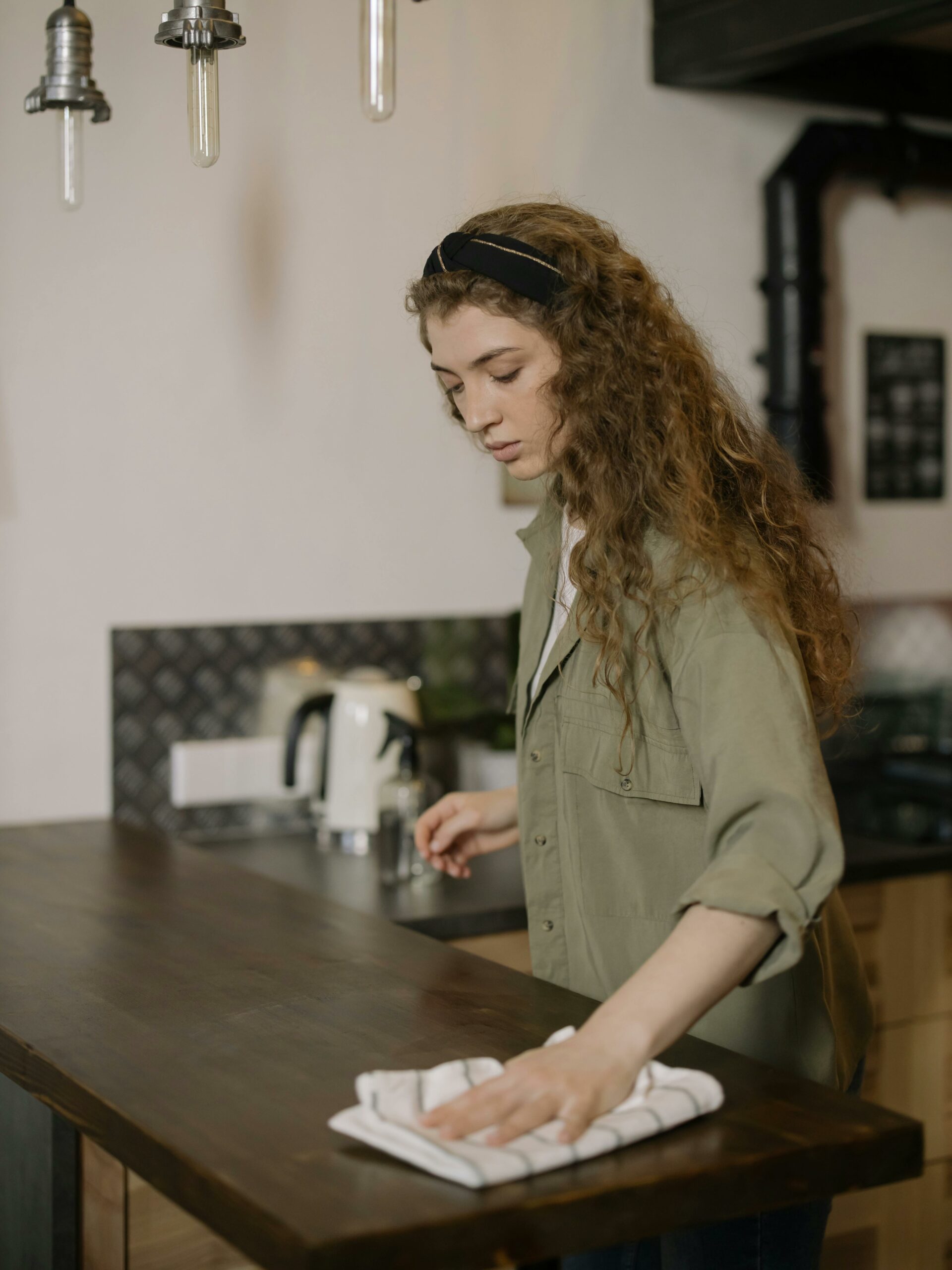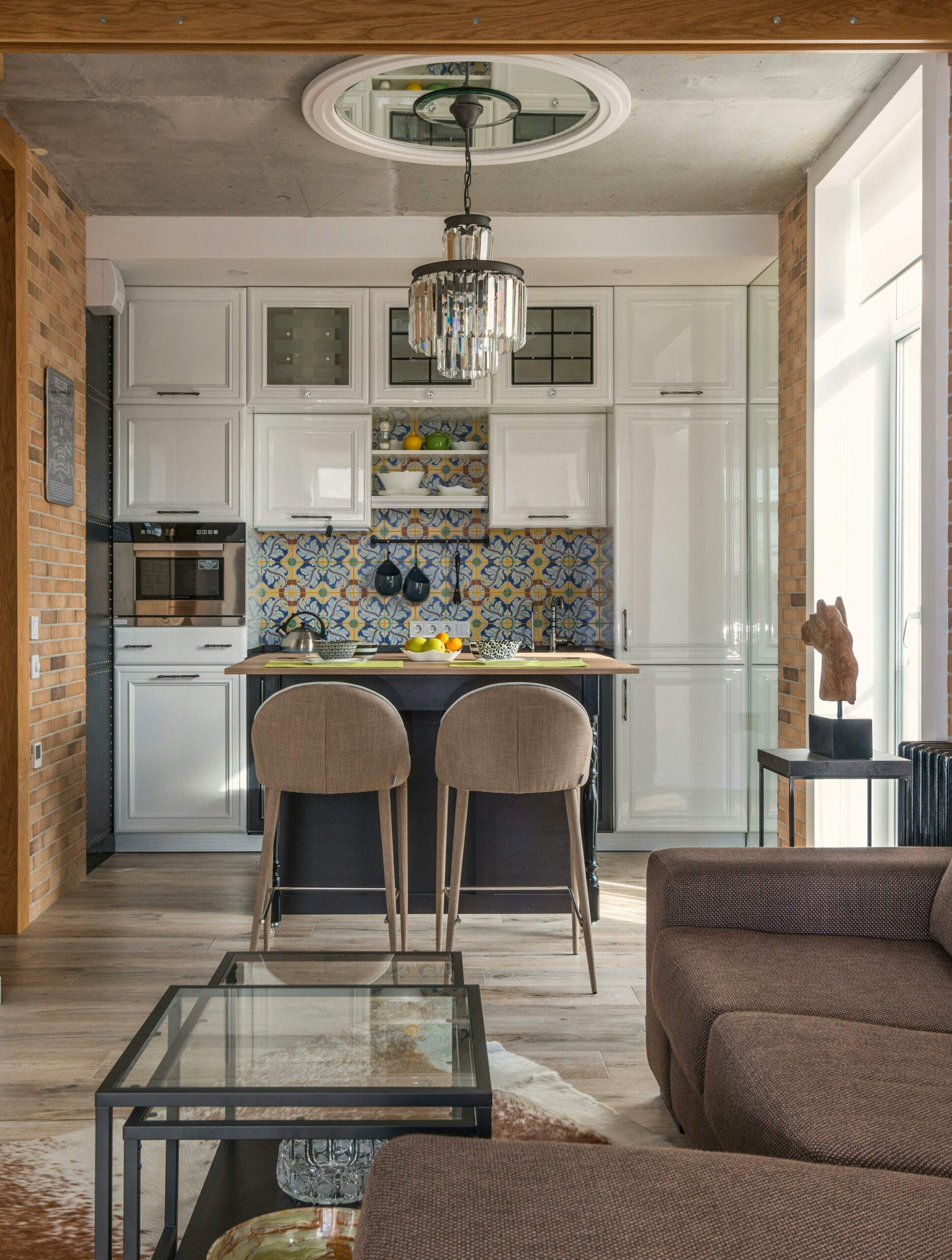Are you experiencing low water pressure at home? It can turn even the most mundane household tasks into an exercise in frustration.
Luckily, low water pressure in the home can be easily addressed with the proper know-how and tools at your disposal. In fact, conquering low water pressure is easier than you think, and often requires nothing more than a little detective work and some elbow grease.
If you want to effectively increase water pressure in your home, check out the following points:

What Are The Common Causes Of Low Water Pressure
Low water pressure at home can be caused by any of the following:
- Clogged Pipes: Over time, mineral deposits and sediment can build up inside your plumbing lines, creating bottlenecks that restrict water flow. This is especially common in homes with hard water or older galvanized pipes.
- Faulty Fixtures: Leaky faucets, malfunctioning showerheads, and clogged aerators can all contribute to a noticeable drop in pressure. These problems are often relatively simple to diagnose and fix yourself.
- Closed Valves: Believe it or not, sometimes the solution is as simple as checking your plumbing valves. Ensure your main shut-off valve and any individual fixture valves are fully open.
- Pressure Regulator Issues: Your home’s pressure regulator controls the incoming water pressure. If it’s malfunctioning, it could artificially decrease the flow of water, leading to weak water pressure throughout the house.
- Municipal Water Problems: While less common, it’s possible that low pressure is due to issues with your local water supply system. Contact your water provider if you suspect this might be the case.
Diagnosing The Problem
Here’s how you can diagnose the source of your low water pressure:
- Isolate The Issue: Is the low pressure affecting the entire house, or just specific fixtures? This can help narrow down the potential culprits.
- Check The Signs: Look for leaks, rust around fixtures, or slow water flow from all taps. These can be clues to common problems like clogged pipes or faulty fixtures.
- Investigate The Pressure Regulator: Locate the pressure regulator (usually near your water meter) and check if the gauge indicates unusually low pressure.
- Consult Experts: If you’re stumped, don’t hesitate to call a professional plumber. They have the tools and expertise to diagnose and fix even the trickiest plumbing problems.
Solutions For Common Causes Of Low Water Pressure
Once you’ve identified the cause, it’s time to take action. Here are some solutions for common low water pressure issues:
- Clogged Pipes: For minor clogs, try using a plunger or a homemade vinegar-and-baking-soda solution. For more stubborn clogs, hiring a plumbing expert may be necessary.
- Faulty Fixtures: Leaky faucets can often be repaired with a new washer or O-ring. Malfunctioning showerheads or aerators may need to be replaced.
- Closed Valves: Simply open any partially closed valves to restore full water flow.
- Pressure Regulator Issues: If the pressure regulator is malfunctioning, it’ll need to be repaired or replaced by a plumber.
- Municipal Water Problems: If your water provider is responsible for the low pressure, they’ll need to address the issue on their end.
Preventative Measures To Ensure Optimal Water Pressure In The Home
By following these simple tips, you can help prevent future low water pressure problems:
- Regularly clean your aerators and showerheads.
- Flush your hot water heater periodically to remove sediment buildup.
- Schedule routine plumbing inspections and maintenance.
- Invest in water filtration systems if you have hard water. Hard water is notorious for causing mineral buildup and clogging pipes, leading to low pressure. A filtration system can be your knight in shining armor against these microscopic villains.
- Practice eco-friendly water conservation techniques. Not only do these practices benefit the environment, but they can also improve your water pressure. Shorter showers, fixing leaky faucets promptly, and using water-efficient appliances are all weapons in your arsenal for a pressure-packed future.
What Are The Negative Effects Of Low Water Pressure
The impact of low water pressure goes beyond the inconvenience of weak showers and slow-filling sinks. Here are some of the less obvious consequences to consider:
- Low water pressure can lead to inefficient appliance performance. Dishwashers and washing machines rely on adequate water pressure to function properly. Low pressure can lead to incomplete cleaning cycles, leaving you with dishes and laundry that aren’t -properly cleaned.
- Low water pressure can potentially damage your at-home appliances. Over time, struggling against low pressure can take a toll on your appliances. Pumps and valves can wear out prematurely, leading to costly repairs or replacements.
- Low water pressure can increase your water-heating bills. Hot water takes longer to heat up when the pressure is low, meaning your water heater has to work harder and longer. This translates to higher energy bills, putting a strain on both your wallet and the environment.
To Conclude
Low water pressure in the home can be easily dealt with. By understanding the culprits behind low water pressure, conducting simple detective work to, and implementing preventative measures, you can ensure consistent water flow in your home.






